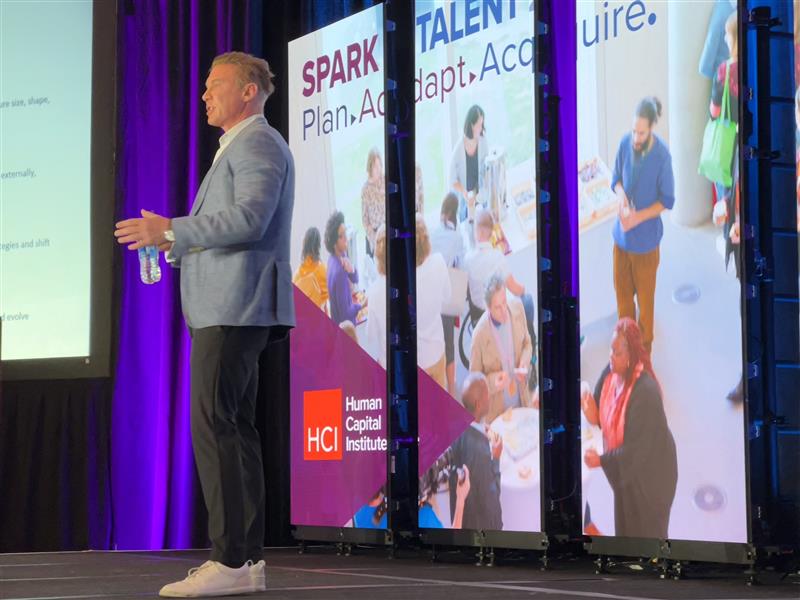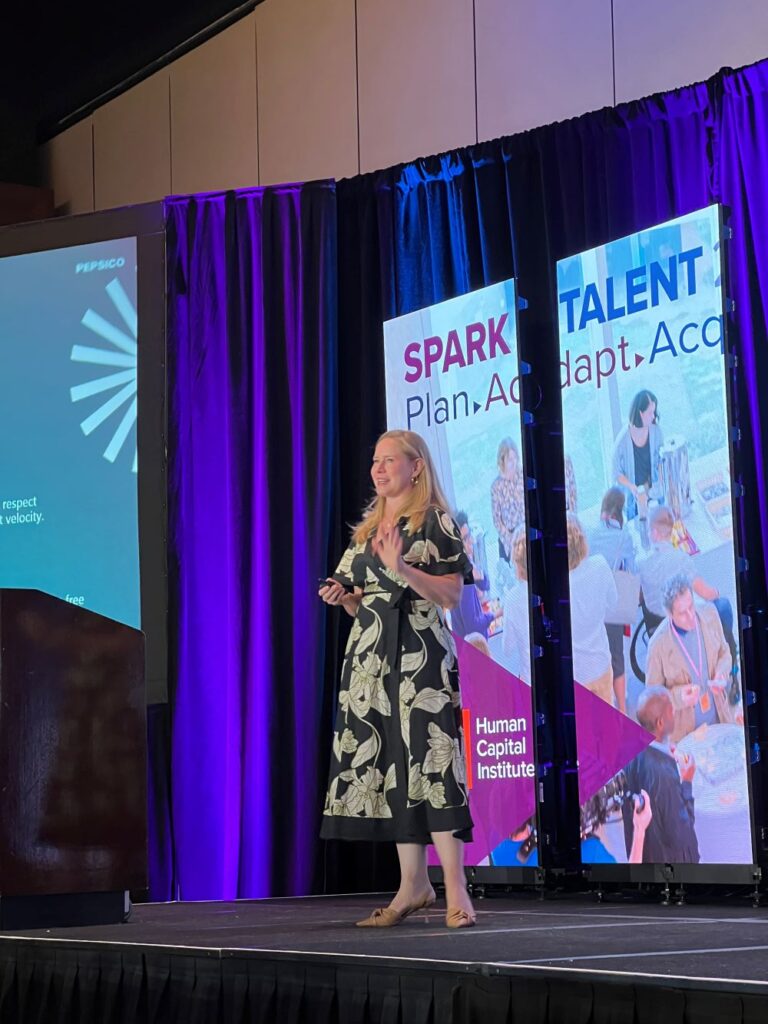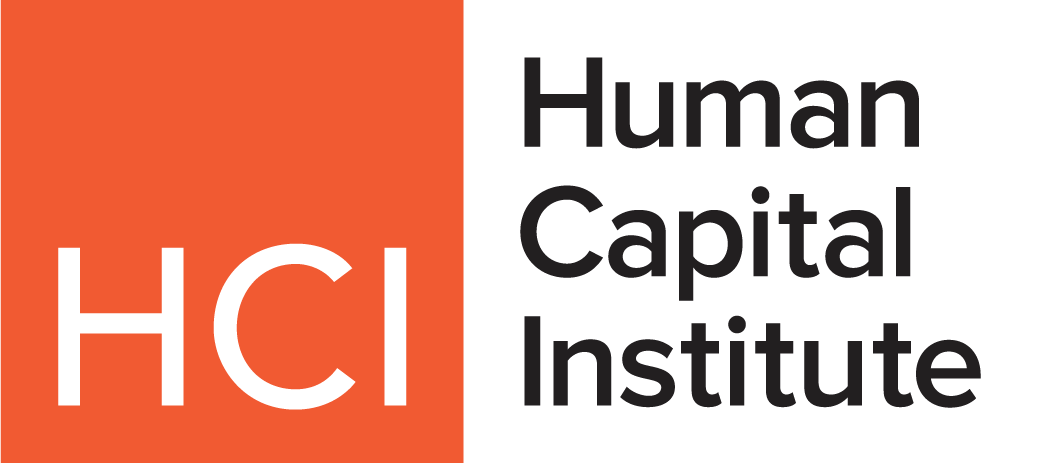SPARK TALENT Day 2: HR’s 3-Part Playbook for AI, Outlier Sourcing & CX
Author

If Day Two of SPARK TALENT gave us one clear takeaway, it’s that the future of HR is less about managing processes and more about becoming architects of organizational change and talent scouting.
Our keynotes from Ross Sparkman, Bertrand Dussert, and Blair Bennett’s hot session, didn’t just talk theory; they handed us a three-part playbook for the AI and outlier era: First, know exactly what work needs to change. Second, know who can lead the change. Third, design the experience that attracts them.

Ross Sparkman: Stop Guessing, Start Scoring the Impact of AI
Sparkman, drawing on his expertise in Strategic Workforce Planning, drove home the point that AI transformation is fundamentally a people challenge, not a technology challenge. He gave HR the mandate to lead the change by establishing objective, data-driven groundwork.
- The Mandate: Stop “throwing the kitchen sink” at AI pilots. You must conduct an AI Impact Assessment across every job in the organization.
- The 20-30% Rule: Don’t try to change everything at once. Focus your redesign and upskilling efforts squarely on the 20-30% of roles that score highest for transformation—those that are the most repeatable, transactional, and low-complexity.
- The Outcome is Action: For those high-impact areas, HR defines the future: Will we replace the task (automation), augment the human (AI assistance), or transform the work into something new and higher-value?
This process is how HR moves from reactive management to becoming the intelligent architect of the new operating model.

Bertrand Dussert: How to Find the Leapfroggers (Talent Outliers)
Bertrand Dussert, VP of Talent Acquisition at Staples, then detailed exactly who we need to fill and drive those transformed roles: Talent Outliers. These are the people who don’t just work within the system; they change and reframe it.
The single most actionable takeaway for TA leaders? Stop looking for the slow-and-steady ladder climbers and look for patterns of acceleration in a candidate’s history:
- The 1-3-5 Rule: In the first decade of their career, outliers rarely do the same job five years in a row. Look for people who expand their focus every year, switched roles or functions every three years, and sought exposure with multiple employers.
- The Apprenticeship Clue: Seek candidates who have “apprenticed with exceptional, potentially difficult people” (like founders or industry titans) for two to three years. Surviving and being promoted out of that demanding environment is a powerful proxy for high capacity, drive, and resilience.
The message is clear: The organization is changing. Your sourcing methods must change with it.

Blair Bennett: Don’t Just Impose Tech: Design It With Your Recruiters
Blair Bennett, SVP, Global Talent Acquisition at PepsiCo, stressed that Candidate Experience is a competitive advantage, not just “hygiene.” She detailed how PepsiCo’s transformation, Project Catalyst, was rooted in Design Thinking and recruiter empowerment.
The single best insight for building a future-ready TA function is how to strike the balance between tech and touch through co-design:
- The Model: Standardize processes (for consistency), then use AI/automation (for speed). The goal is to free up recruiters for “meaningful conversations” by relieving them of mundane tasks.
- The Co-Design Rule: For any new technology—like PepsiCo’s AI-enabled Interview Companion that handles transcription and bias checks—TA must involve the recruiters in the design process. They didn’t impose the tool; they used global recruiting teams to secure the “stamp of the recruiter approval.”
- The Result: Showing your recruiters that “their voice matters” is the greatest recognition you can give them. This drastically improves process adoption and empowers the TA team to become “trusted advisors, brand ambassadors, and culture carriers.”

Author




